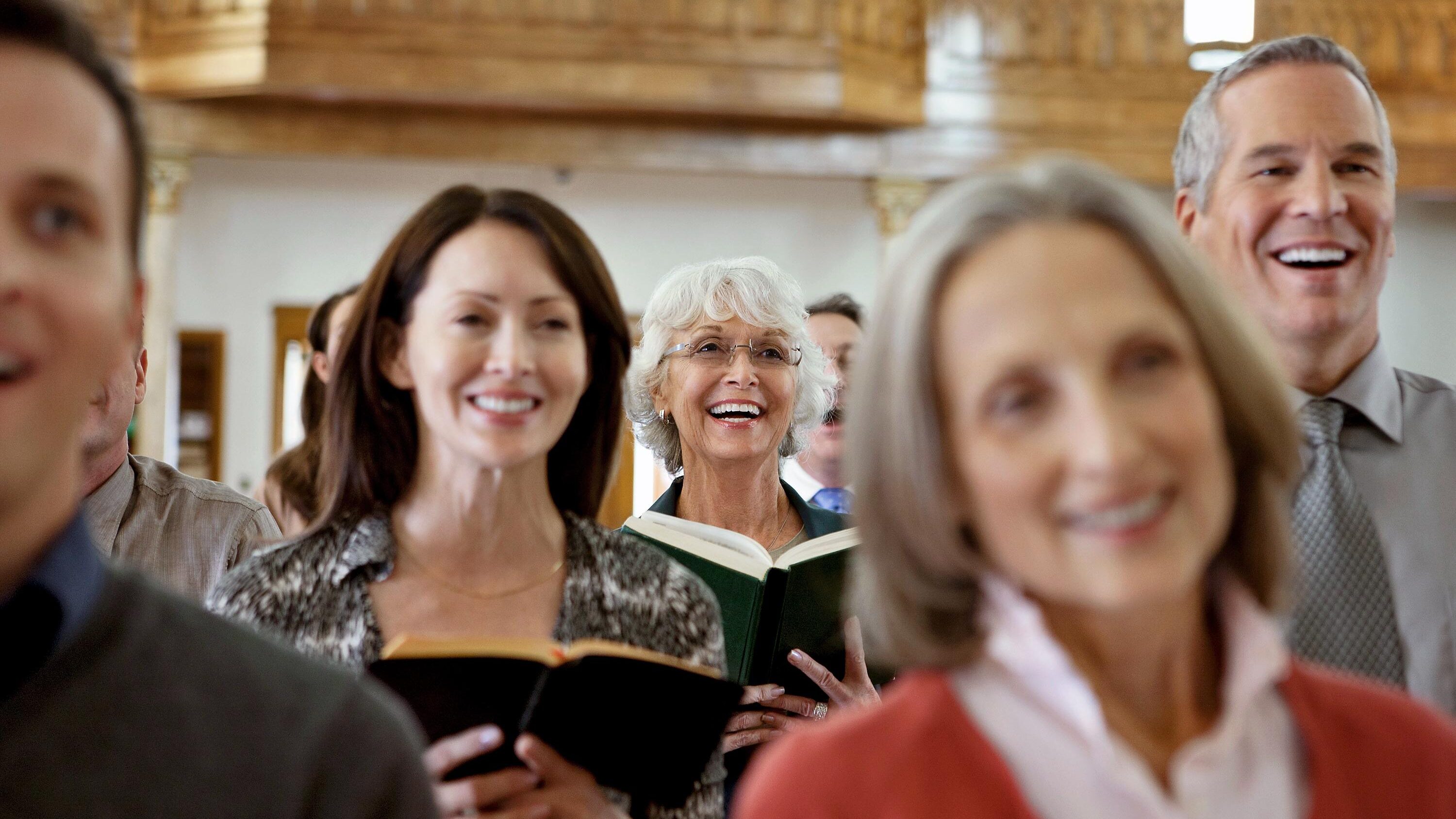
Stephen F. Austin and the Old Three Hundred arrived at the Brazos near Washington-on-the-Brazos in December of 1821. James and Daniel Gilleland, accompanied by Robert and Joseph Kuykendall, continued down river and then followed the La Bahía Road to the place where it crossed the Colorado River. They pitched camp near the site of present-day Columbus on Christmas Day, 1821. James (Jack) Cummins arrived before June 1822 and settled on the east bank of the Colorado River, opposite the community at Beason's Ferry, site of the present town of Columbus. Thus the town of Columbus began as a river crossing and became the seat of local government in 1822, when Austin's colony was divided into two autonomous districts by the Mexican governor. Austin surveyed the town intending to locate his headquarters here but finally opted for a more promising location on the Brazos River due to the frequent Indian attacks in the Colorado River District.
In June 1824, a Methodist Circuit Rider named Rev. Henry Stephenson visited the Austin colony while Stephen F. Austin was in Mexico City. After preaching in San Felipe, Stephenson preached at the homes of James Cummins and Samuel Carter near Columbus, Peach Creek in Gonzales County, and at the home of Nathaniel Moore near La Grange. Stephenson's trip was short lived because the newly formed Mexican Republic established Roman Catholicism as the only religious practice of Mexico including the Texas territory. The seeds planted by Stephenson began to grow and despite opposition from Mexican authorities, Henry Stephenson was placed in charge of the Methodist effort in Texas in 1834. After a plea from William Travis on August 17, 1835, John Wesley Kenney began preaching in the area of Fayette and Colorado counties. After the battle of San Jacinto in April 21, 1836, Rev. Martin Ruter volunteered for missionary service in the new Republic of Texas. With the arrival of Ruter, Methodism became firmly established in Texas.
In 1839, Columbus was an official stop on the Washington Circuit. By 1840, Ruter's vision of a Texas Methodist Conference was realized with the founding of Rutersville College (north of La Grange) and the formation of the Texas Conference of the Methodist Episcopal Church. By 1844, Columbus became an appointment in the new Texas Conference and the first Methodist church in Columbus was built in 1854. The importance of Columbus to the early Methodist movement in Texas grew as Columbus became a circuit or district in the Texas Conference in 1859 and hosted the twenty-fourth annual session of the Texas Conference on October 28, 1863. As the communities of Houston, Austin, and San Antonio grew, the centers of the Methodism moved with them leaving Columbus as a crossroads between these influential centers. Currently, Columbus FUMC is on the eastern edge of the Rio Texas Annual Conference based out of San Antonio.
Pastor Reyes began her appointment at FUMC Columbus in June of 2022. Sunshine is a graduate of XYZ University and has been in ministry for XX years. She enjoys spending time with her family during her free time.
One question often asked is why do pastors seem to move so much in the United Methodist Church. Learn how Robert Schnase, Bishop of the Rio Texas Conference navigates the itinerancy and how to unpack this complex system.
Debora started working as a Wesley Nurse in October 2011. Her office is located in the Family Life Center. She works with the community and congregation collaborating outreach programs and ministries. She also receives referrals from the LaGrange Tejas Health Clinic, Columbus Lion's Club, for vision assist, and the local Columbus Medical Clinic. She works helping to educate patients on their chronic disease conditions, provides a diabetic supply program to the underserved diabetics, along with helping patients find resources for their medical needs. Free blood pressure and glucose screenings are provided in her office or at other community locations. Currently she is facilitating two sitting exercise classes at Oak Bluff Village, and Courtwood Apartments in Eagle Lake. She also helps the food pantry give groceries to those in need. Please feel free to call her at her office 979-732-5275.
Jill Jurica: Bookkeeper
Patsy Sobel: Pianist
Percy & Lily Waddle: Landscape/Janitorial
THE PRIMACY OF GRACE
Grace, simply defined, is God’s gift-giving nature – the powerful, undeserved, loving activity of God in human existence.
THE CENTRALITY OF JESUS
God’s initiative of love is uniquely and ultimately expressed in Jesus Christ. Jesus is literally “grace personified”.
THE NECESSITY OF CONVERSION
If Jesus is God’s ultimate gift of grace, then conversion is consciously saying “yes” to the Gift and “thanks” to the Giver.
THE GOAL OF MATURITY
The goal of the Christian life is to look to Jesus for guidance and look like Jesus in lifestyle; what methodists call holiness of heart and life.
THE PRIORITY OF MINISTRY
Ministry is meeting the needs of people with the power of Christ.
THE GUIDANCE OF SCRIPTURE
United Methodist Christians hold the Bible as God’s inspired and essential witness to God’s redeeming work toward God’s creation.
THE ROLE OF THE CHURCH
The Bible describes the church as “the body of Christ;” that is, the visible and communal expression of Jesus in the world.
CONCERN FOR SOCIETY
Jesus is God’s indispensable gift not only to individuals, but to all levels and expressions of human community. Marriages, families, neighborhoods, corporations, cities, states, governments and nations, and the whole earth need Jesus as much as any individual does.
THE IMPORTANCE OF MULTIPLICATION
The church of Jesus Christ is meant to be a movement and we believe that in order to be a movement we must multiply. We are committed to multiplying our impact through church planting and multiplication.